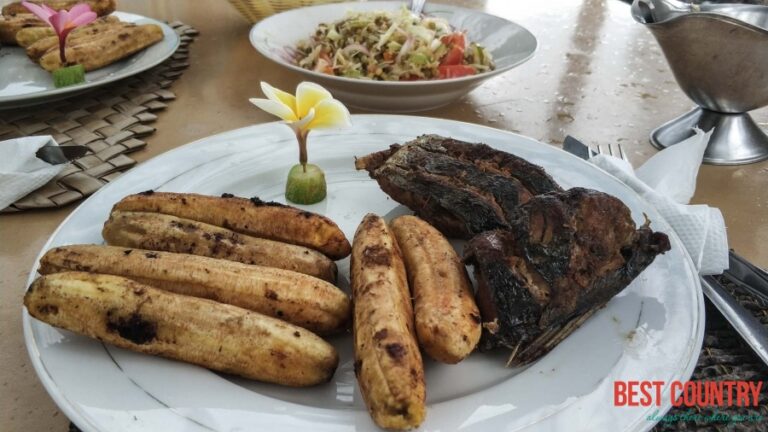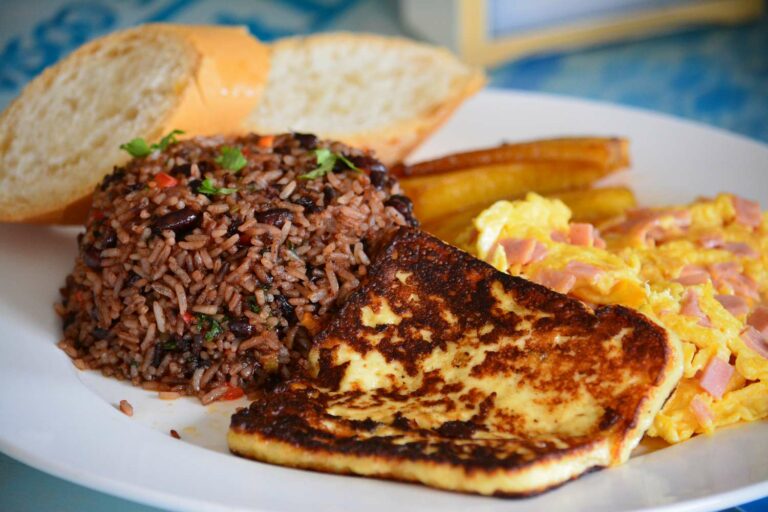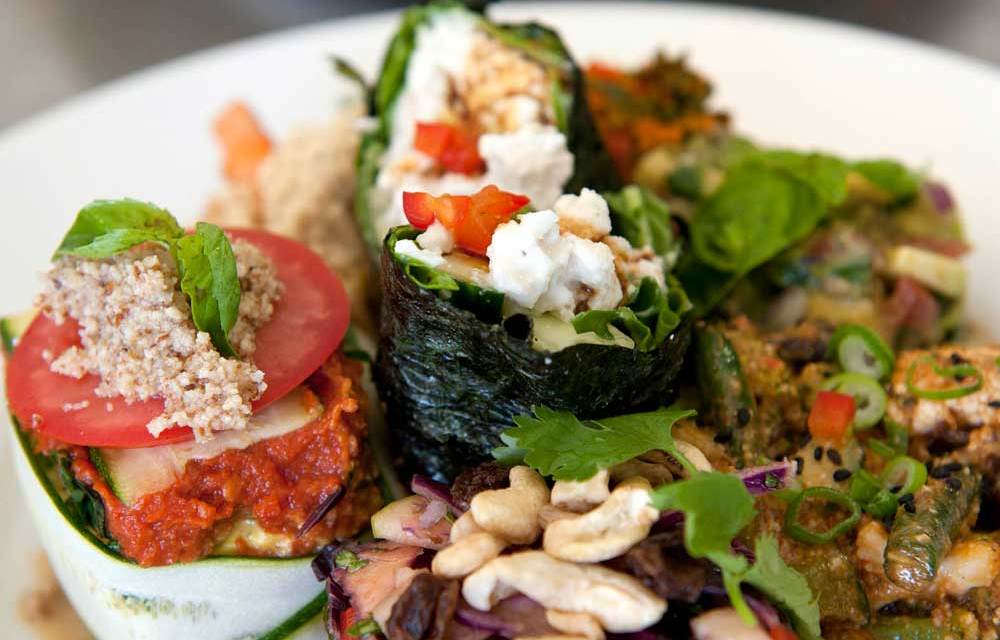Introduction: Comorian Cuisine
Comorian cuisine is a blend of African, Arabian, Indian, and French cuisines, owing to the island nation’s location on the Indian Ocean trade routes. The cuisine’s ingredients and dishes vary depending on the island, which is comprised of three main islands, including Grande Comore, Mohéli, and Anjouan. The cuisine is often characterized by the use of spices such as ginger, turmeric, cloves, garlic, and coriander, as well as coconut milk, seafood, and rice.
The Diversity of Comorian Cuisine
The diversity of Comorian cuisine is due to the country’s history and its location on the Indian Ocean trade routes. The cuisine is known for its use of seafood, coconut milk, and spices, reflecting the country’s history of international trade and colonization. Each island has its own unique dishes, such as “Langouste à la Vanille” on Mohéli, which is a lobster dish cooked with vanilla pods, and “Pilao” on Grande Comore, which is a rice dish cooked with meat and vegetables.
Traditional Cooking Techniques in Comorian Cuisine
Comorian cuisine features traditional cooking techniques that are unique to the region. One such method is the use of cooking stones called “vutu”, where food is placed on hot stones that have been heated over a fire. This method is commonly used for cooking seafood, such as fish. Another traditional cooking technique used in Comorian cuisine is the use of clay pots, which are used for slow cooking dishes such as stews and curries.
Mataba: A Popular Comorian Dish with a Unique Cooking Technique
Mataba is a popular dish in Comorian cuisine that is made using a unique cooking technique. The dish is made from cassava leaves that have been pounded into a paste, mixed with coconut milk and spices, and then wrapped in banana leaves. The wrapped dish is then placed on a hot stone, covered with more leaves, and left to cook for several hours. This cooking technique results in a flavorful and tender dish that is popular throughout the Comoros.
Ntsaou: A Comorian Meat Dish with a Distinct Cooking Method
Ntsaou is a Comorian meat dish that is cooked using a distinct method. The dish is made by simmering meat, usually beef or goat, in a mixture of water, spices, and banana leaves. The dish is then served with rice or cassava. This cooking method results in a flavorful and tender meat dish that is popular throughout the Comoros.
The Use of Spices in Comorian Cuisine
Spices are a crucial ingredient in Comorian cuisine, and they are used in a variety of dishes. The most commonly used spices include ginger, turmeric, cloves, garlic, and coriander. These spices are used to add flavor and aroma to dishes such as curries, stews, and rice dishes. The use of spices in Comorian cuisine reflects the country’s history of international trade and the influence of Arab, Indian, and French cooking styles.
Cooking with Coconut Milk: A Common Practice in Comorian Cuisine
Coconut milk is a common ingredient in Comorian cuisine and is used to add flavor and texture to dishes. It is often used in curries, stews, and rice dishes, and is also used to make desserts. Coconut milk is extracted from grated coconut flesh and is a rich source of vitamins and minerals. Its use in Comorian cuisine reflects the country’s tropical climate and abundant coconut trees.
Conclusion: The Preservation of Comorian Cooking Techniques
Comorian cuisine is a blend of African, Arabian, Indian, and French cuisines that has evolved over centuries of international trade and colonization. The cuisine’s diversity is reflected in the use of traditional cooking techniques, such as the use of cooking stones and clay pots, as well as the use of spices and coconut milk. As Comorian cuisine continues to evolve, it is important to preserve the unique cooking techniques and ingredients that make it distinct.







